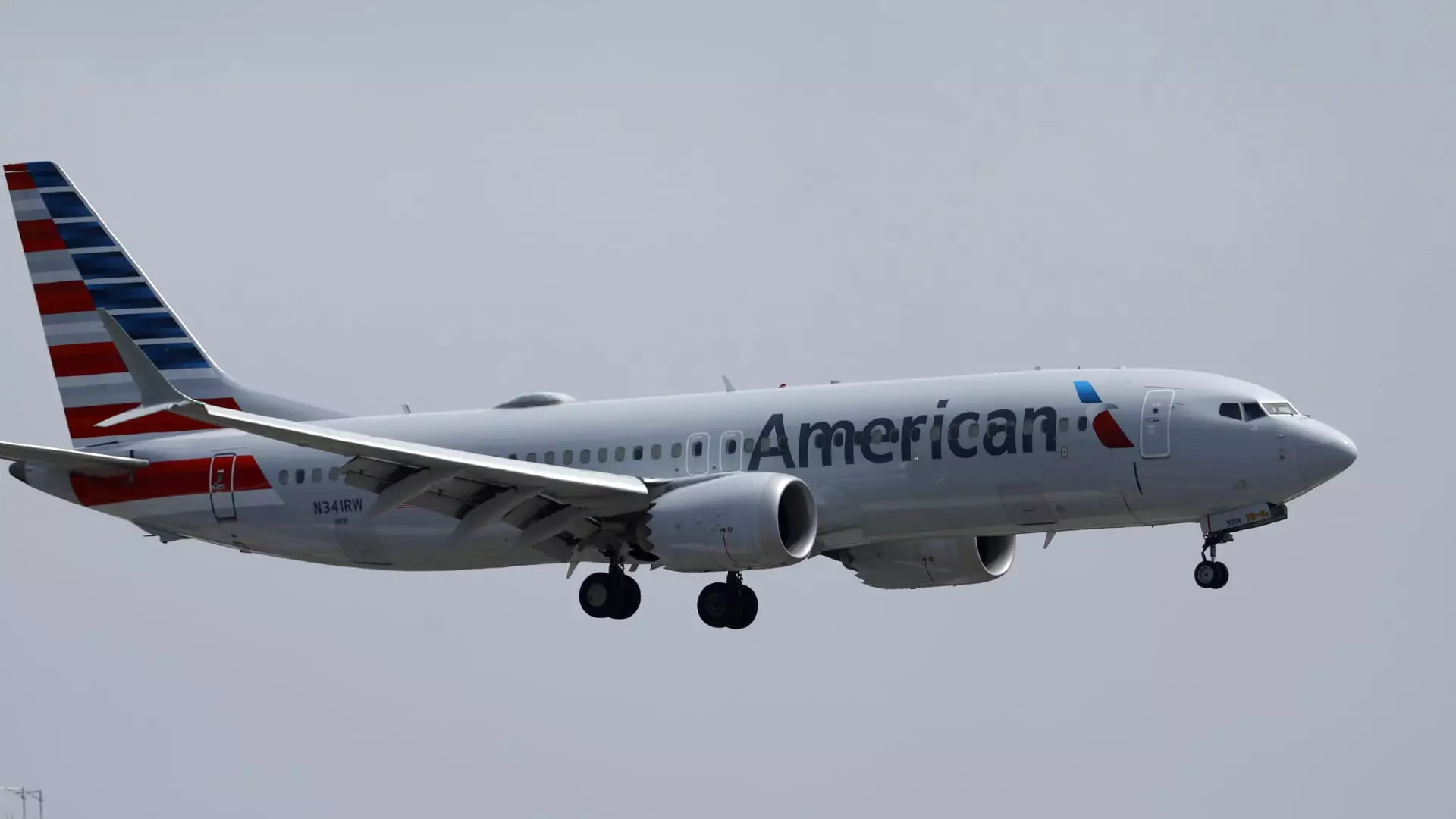American Airlines recently revealed a significant slash in its profit forecast for the year. This decision came after a sales strategy backfired and an industry-wide oversupply of flights led to a necessity to offer seat discounts. The adjusted earnings per share for American Airlines this year are expected to fall between 70 cents to $1.30, a stark contrast from the $2.25 to $3.25 per share that was forecasted earlier in April. This development has created a gap between the expectations of Wall Street analysts, who were anticipating earnings ranging from $1.10 to $2.60 per share.
Additionally, American Airlines anticipates a drop in unit revenue of up to 4.5% for the third quarter. Despite high travel demand, the excess of flights in the industry has posed a challenge for the airline in maintaining revenue levels. The oversupply of flights has outpaced consumer demand, resulting in the need for seat discounts to stimulate bookings.
The airline acknowledged the shortcomings of its direct-to-consumer sales strategy, which received negative feedback from both travel agents and customers. In response, American Airlines has swiftly adjusted its sales and distribution strategy. CEO Robert Isom emphasized the need for a reorientation in sales approach to address the imbalance in supply and demand within the domestic market. Despite having a strong fleet, network, and product offerings, American Airlines attributed its underperformance in the second quarter to the flawed sales strategy.
In the second quarter, American Airlines marginally exceeded Wall Street estimates in terms of earnings per share, reporting $1.09 adjusted vs. the expected $1.05. However, the revenue fell slightly short of expectations at $14.33 billion compared to the anticipated $14.36 billion. The situation mirrored that of Southwest Airlines, which experienced a 46% decline in quarterly profit despite a 2% increase in revenue. Southwest Airlines also indicated the implementation of urgent measures to enhance revenue generation in response to the challenging market conditions.
The adverse impact of American Airlines’ sales strategy on its profit forecast underscores the critical importance of aligning sales approaches with market demand. The airline’s swift response to reevaluate its strategy demonstrates a proactive approach to mitigate financial setbacks and adapt to evolving industry dynamics. Going forward, a strategic focus on optimizing revenue generation through effective sales and distribution strategies will be crucial for American Airlines to navigate through the current market challenges successfully.

Leave a Reply